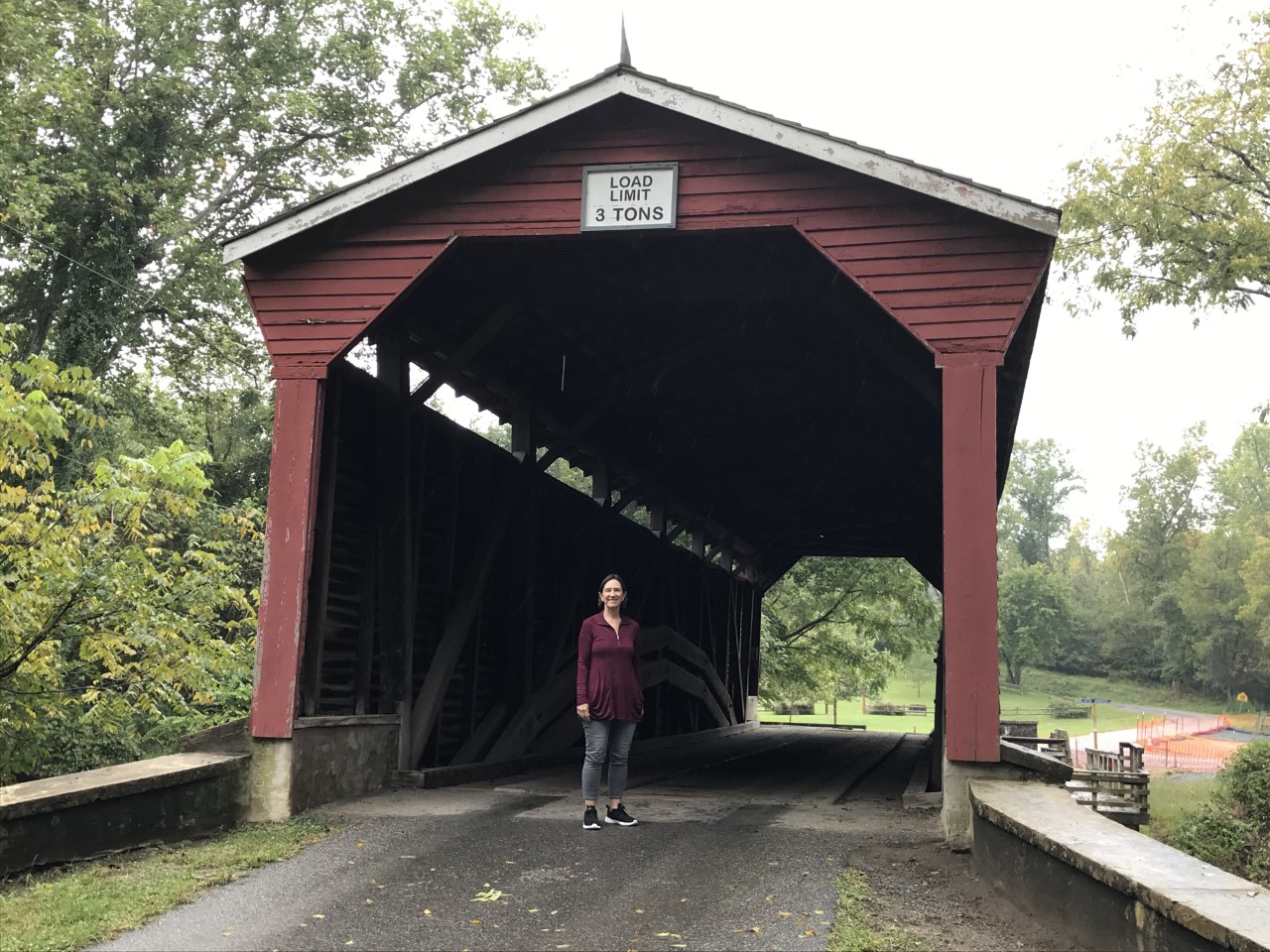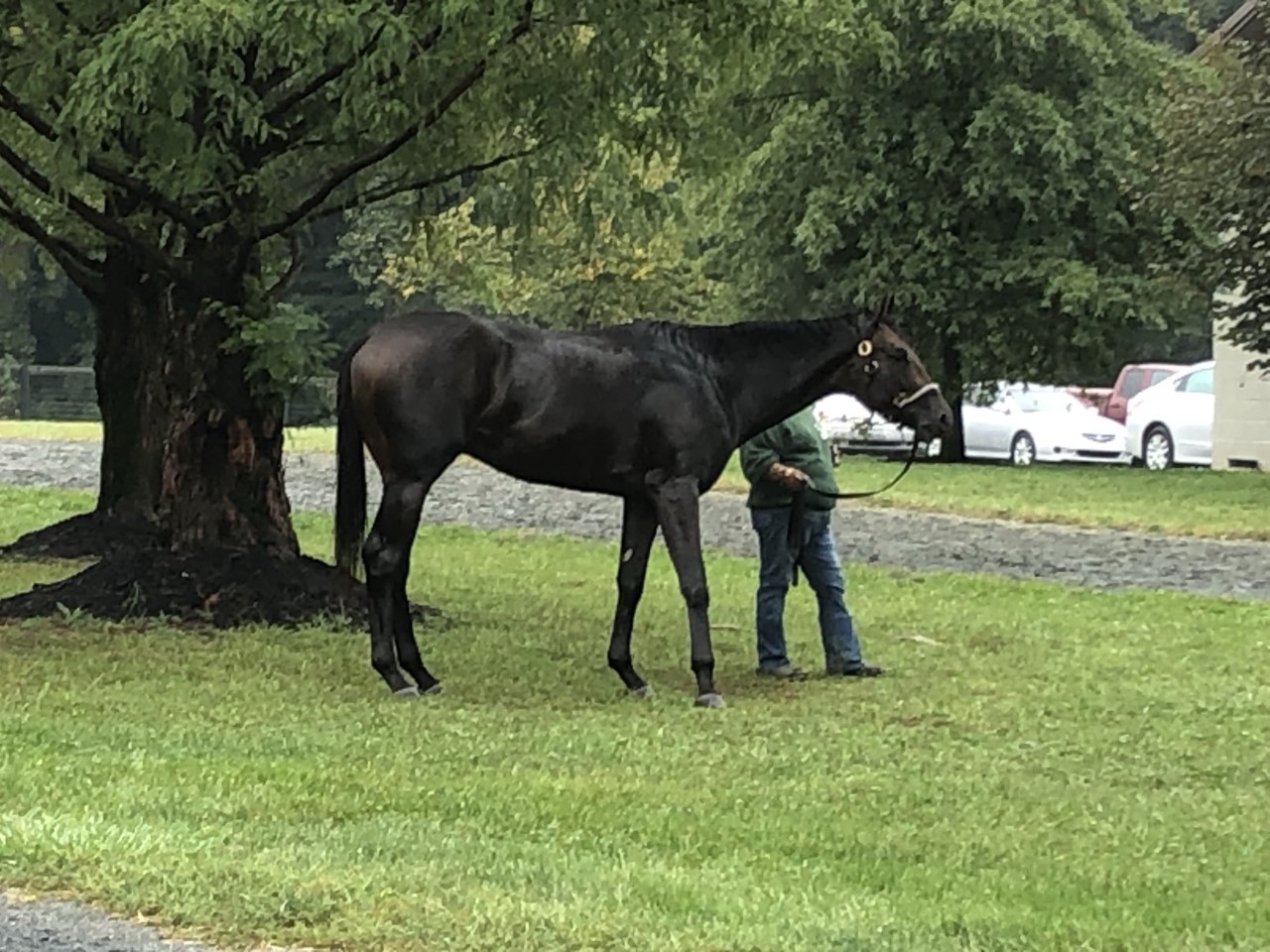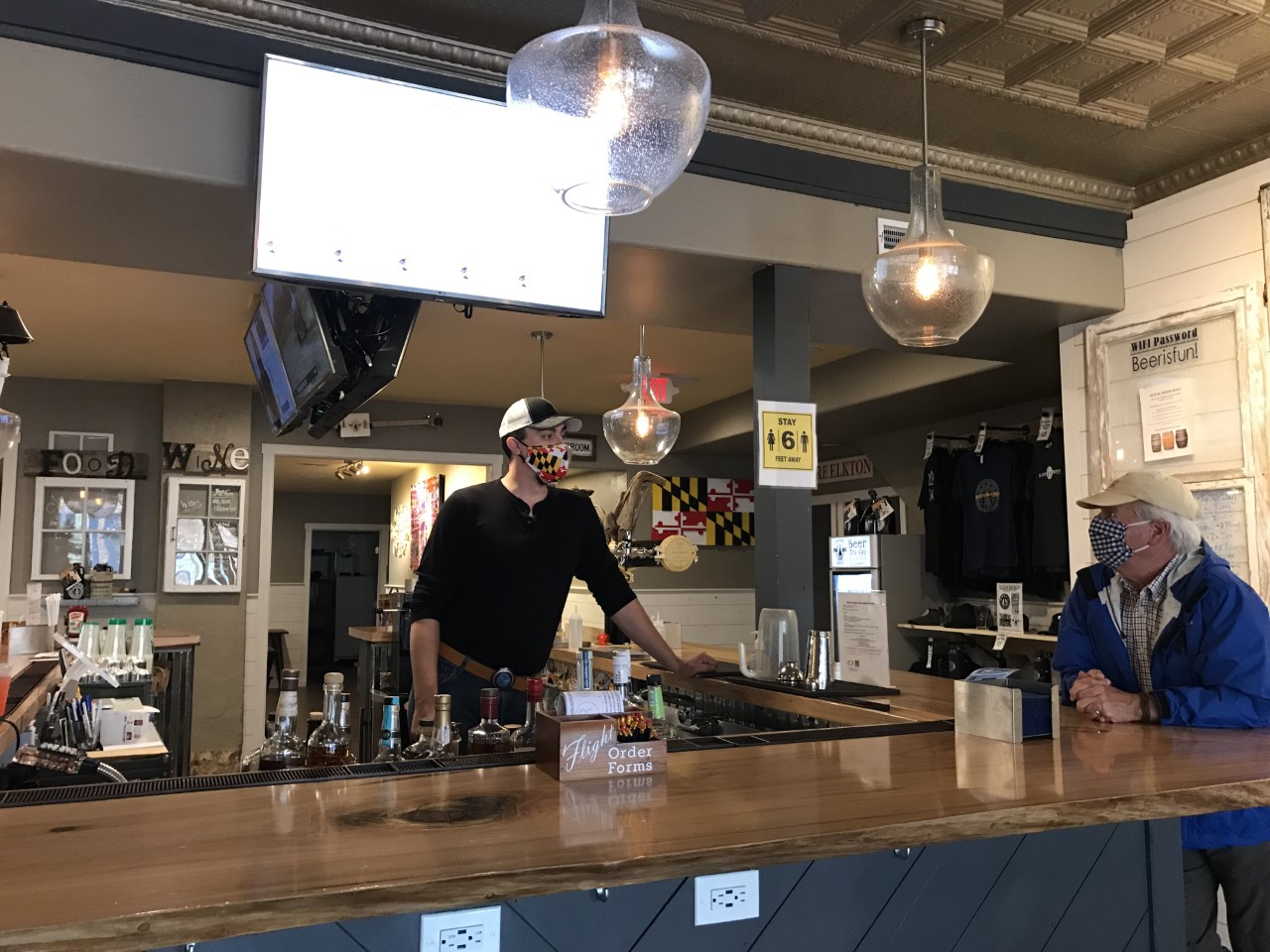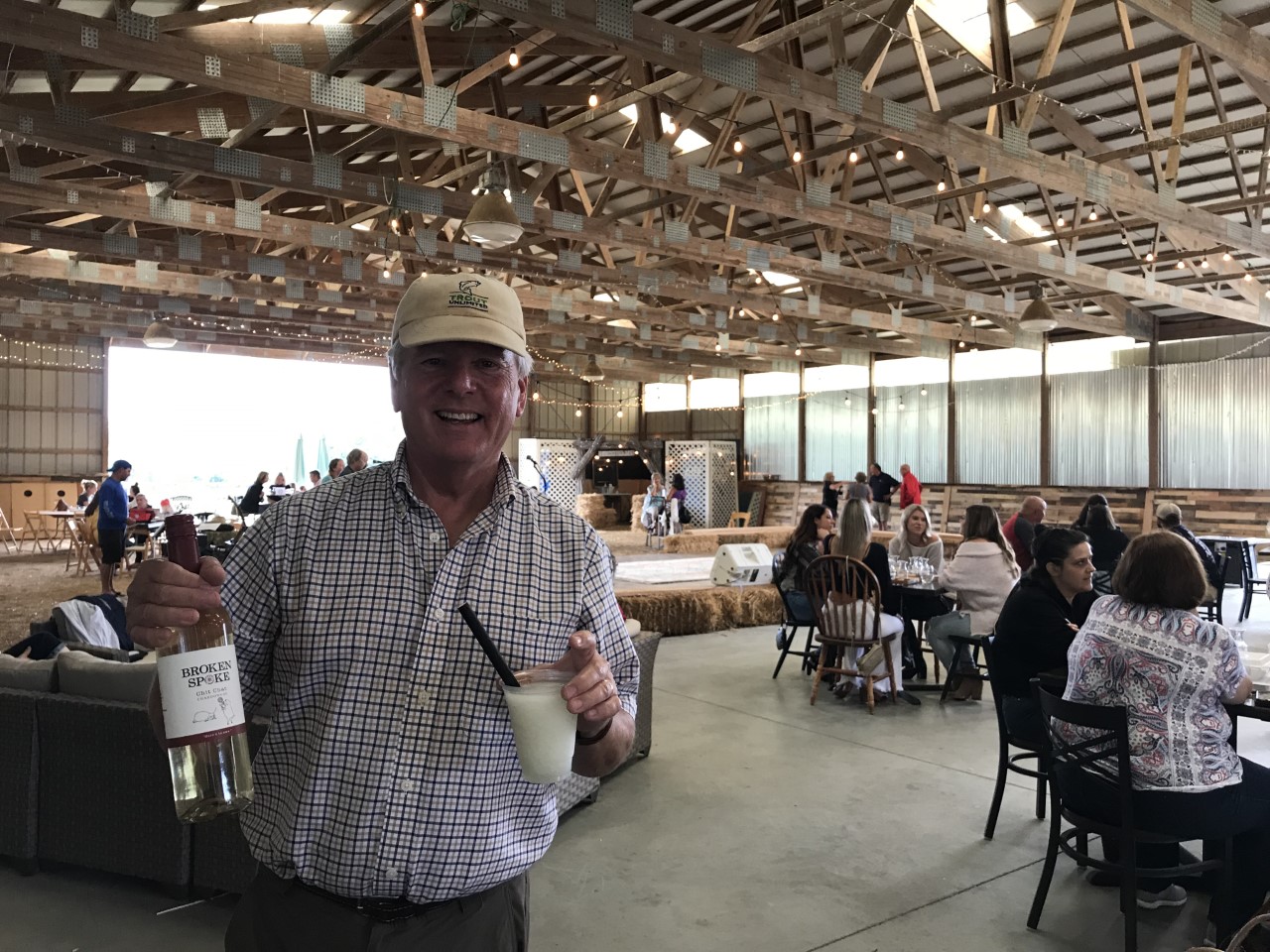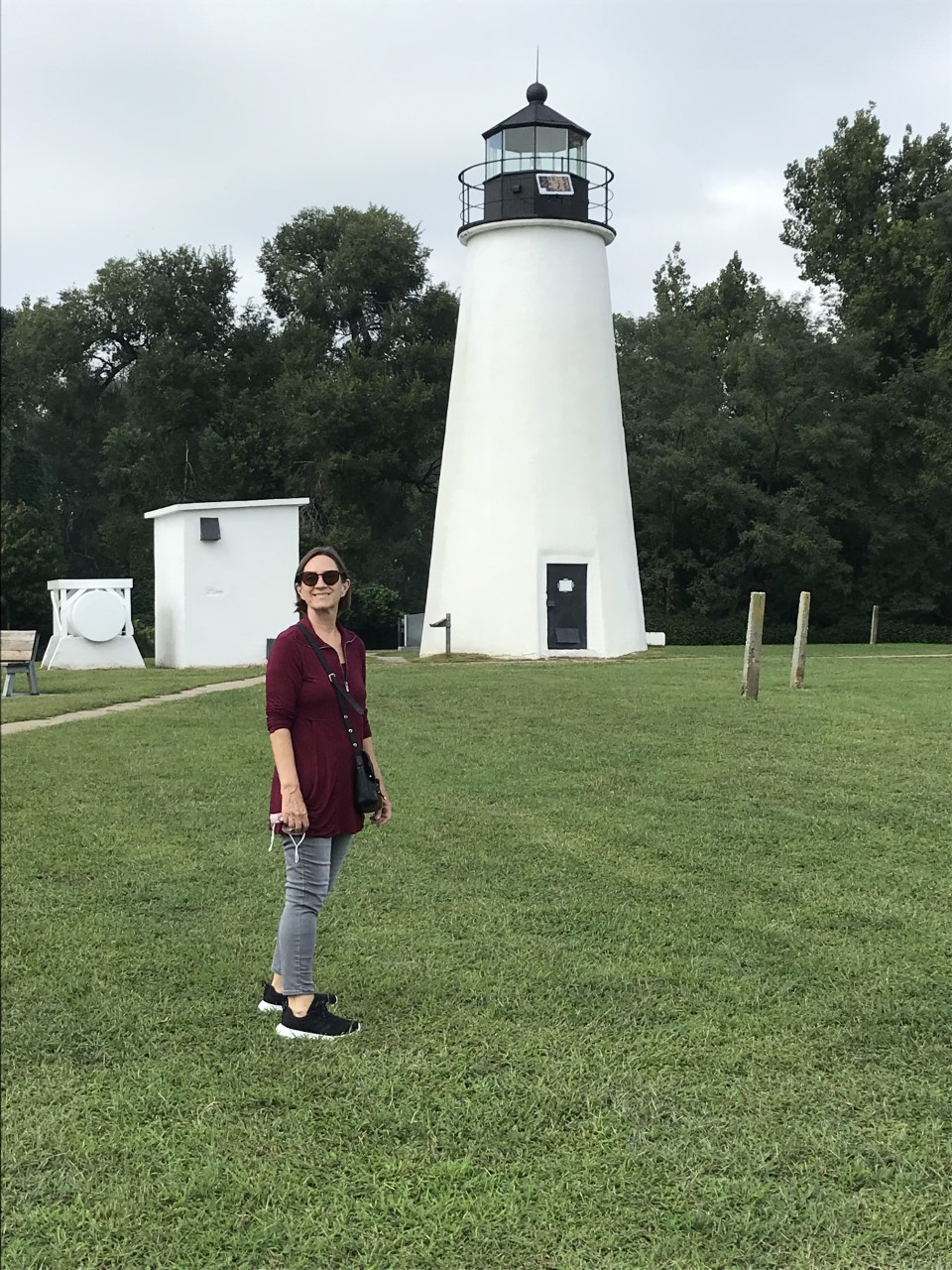The fourth county on travel experts Diane and Jeff’s twenty-three counties and Baltimore City exploration of Maryland was Cecil County. Their approach continues to be outside adventuring, seeking out trails, rails and different parts of history, preservation, and adaptive reuse that were not explored deeply on their first go around the state.
From Diane and Jeff’s Travelogue:
Native Americans were the earliest inhabitants of the county, including the largest tribe, the Susquehannock, part of the Iroquois Nation of Indians. Captain John Smith lead an expedition in 1608 to the area with a trading post established in 1633 at the mouth of the Susquehanna River. Cecil county was established in 1674, and named for the second Lord Baltimore, Cecilius Calvert.
Port Deposit
We started our day in Port Deposit at the Cool Beans Market Coffee Shop. The entire town is designated as a historic district, with granite buildings dating from the early 1800’s from nearby quarries. We walked along the Susquehanna River thinking about what it must have looked like prior to the building of the Conowingo Dam in 1927, just north of Port Deposit. The Tome Gas House, built in 1850, has been restored and serves as a visitor center and research facility for the study of the endangered Northern Map Turtle. We climbed the “Tome Steps” a granite staircase built into a hillside connected to the main street below. Howard Methodist Episcopal Church Site, also known as Howard Chapel, was built by freed African Americans in 1853, a decade before the Emancipation Proclamation. Church members worked to free other African Americans, and the church became a station on the Underground Railroad.
Rising Sun
We found parts of the former Octoraro Railroad thanks to a YouTube video made by someone else who was clearly curious about it too. It is just south of Rising Sun on the Jacob Tome Memorial Highway, and you would miss it if you did not know what you were looking for. Rising Sun owns the railroad spur, with plans to convert it into a walking and biking trail. It was part of the Philadelphia, Wilmington and Baltimore Railroad chartered in 1854. It was fun to find the old rails on one side of the road and the rail bed that was buried on the other side when the Rising Sun Town Center was built. It was fun to see it in the “pre-trail” condition and look forward to returning. I could not resist a second stop for coffee and baked goods at Rise and Grind in town.
Fair Hill
Fair Hill is a Natural Resources Management Area, with over 5,000 acres, formally owned by William duPont, Jr. It has 80 miles of trails and an epicenter for equestrian activities and events. However, it was too rainy of a day for us to do much but drive around. We saw numerous riding stables and discovered the English fox hound kennels. We drove over Big Elk Creek through the Foxcatcher Farm Covered Bridge built in 1860. We will be back for a day at the races.
Elkton and Chesapeake City
Elkton is the county seat, originally named Head of Elk as head of navigation for the Elk River. Apropos, we did a tasting at the Elk River Brewing Company and some local shopping along the main street. We stopped for lunch and a walk in South Chesapeake City Historic District. The town was separated into north and south sections when the C&D Canal was built through the middle of it. The two sections were connected by a drawbridge, then replaced in 1949 with a bridge that was tall enough for supertankers to pass beneath it.
Mount Harmon and Broken Spoke Winery
Mount Harmon was one of the first places we visited in 2016, so we decided to go back for a visit. There is an 18th century house and a rare tobacco Prize House, reflective of its history as a tobacco plantation. An Associate Professor of African American history at Delaware State University is researching and writing the history of slavery, indentured servants, and tenant farmers at the Harmon Plantation. The present-day staff were setting up for a wedding when we arrived. I hope that the wedding party escaped the downpour that followed us to the nearby Broken Spoke Winery. Although I have heard that in some cultures that rain on your wedding day is a sign of good luck.
Elk Neck State Park
Our final stop was Elk Neck State Park for a muddy trek to the Turkey Point Lighthouse built in 1833. By the time we got there at least the rain had finally cleared. “It is known for the large number of women who served as lightkeeper: four of the ten known keepers, serving 89 of the 115 years the light was staffed. The last lighthouse keeper, Fannie May Salter, retired in 1947.” It was a beautiful view of the head of the Chesapeake Bay and a nice way to end our day.

